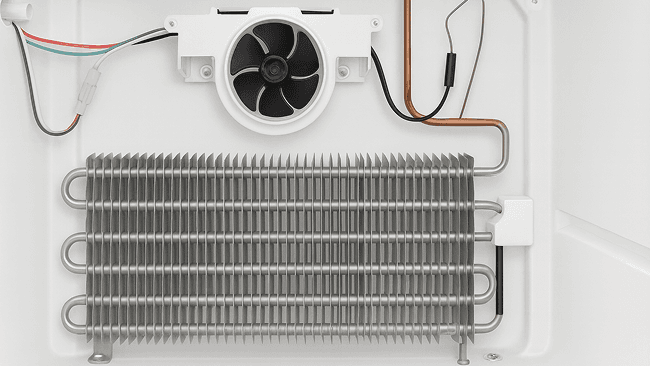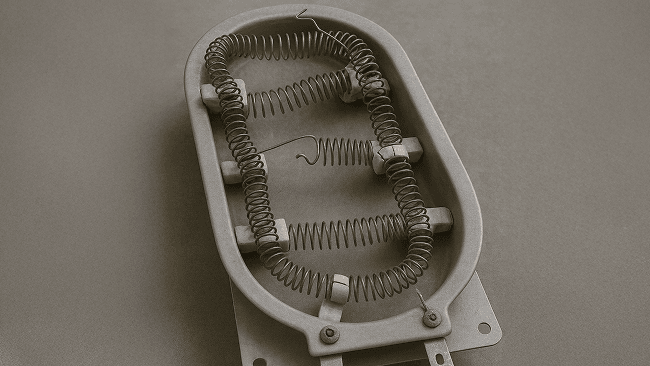Diagnosing Dishwasher Heater Faults
But now, let's say for example, the default code that we saw, what was it? Seven Blinks, right? That's an absent heat. Absent heat source, right? I believe that's what it was. So that particular case, if you see seven, seven flashes, then you. Probably gonna assume that there's a problem with the heater, but is it really the heater?
Is it the main board not supplying power to the heater? Is it something else? Who knows? So in order to be able to determine that, alright, you're gonna need to actually go in there and measure the resistance of the heater and then measure the voltage coming outta the main control board to determine which part it is that you need to replace.
The alternative to that is to just throw in a couple parts in the unit and hope that it works. But if you get it wrong. And let's say you replace a main control board that's $200 rather than just the heater, that's maybe I'm just gonna throw a number, 50, $60. You've just wasted a ton of money and time for no reason and all because you didn't diagnose it.
So I wanna make sure that doesn't happen to you. I'm gonna show you right now how to properly diagnose. To that heater in particular by looking at the schematic diagram. Okay, so let's go ahead and take a look at that. So this is what the schematic diagram is gonna look like for the entire dishwasher, but of course it could be a little intimidating, it could be a little scary because there's a lot of lines and numbers and wires.
So let me break it down for you. Okay. If we wanna just look at the. Cow Rod heater, this bad boy right over here. I'm gonna zoom right into it. Okay? If we wanna look at just this, you could see that the cow rod heater has a resistance of about 14.5 ohms at room temperature. So if you just take the dishwasher out of the point of installation and measure the heater, that's what you're going to get.
As long as it's not. Running. Right. So where do you put your multimeter leads? You can see here that you have a couple wires that are labeled WR and VX, and that is essentially your neutral and your line. So that's what supplies 120 volts to the heater and that. Power. That voltage comes from the main control board over here.
Okay, so this is your main control board connector, J 5 0 3. But the reality of it is my friends, rather than looking at connectors, what I want you to look at is the color of the wires. 'cause that's probably gonna make it a little bit easier for you to know where to place your multimeter leads. So the way that you read the wire colors.
Or this code is, look at this one. It says WR and VX. Okay. On the mini manual there is going to be a color chart, which is right over here, and this color chart tells you that the solid wires are on this side, and then the stripes. Or on this other side. So the way the wire color is indicated is by a two character code.
So example, BW would be a black wire with a white stripe, whereas BX would be just a solid black wire. So in the case of the example that we have over here where we have, what do we say, VWR and vx, this means WR means a white wire. With a red stripe and then what was the other one? V vx, I believe. Yeah, VX would indicate just a single.
Lemme zoom in over here. It would indicate just a single purple wire. So if we go to the next slide over here and we look at this, take a look, my friends. This is so cool. The heater will be attached with a purple wire. And a white wire with a red stripe, and that's a cow rod heater on this connector right over here.
And you're gonna get a resistance of approximately 14.5 ohms.




